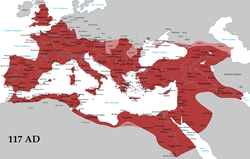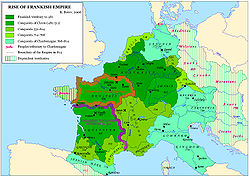Western world
Western world has meant various things at various times. In the earliest history of Europe, it referred to Ancient Greece and the Aegean. During the Roman Empire, it meant the Western Roman Empire (covering the area from Croatia to Britain). At other times, it has meant the United States, Canada, Western Europe, Australia, and New Zealand. During and after the Cold War, it sometimes meant the democratic countries or those allied with the various NATO powers.
In this day and age, it often refers to the places that have a European cultural heritage, called Western civilization. This European heritage itself is a combination of Judeo-Christian ethic, classical Greco-Roman thinking and the cultural practices of the "barbarian" peoples of Northern Europe.
It includes at least the following 27 countries:
Western World Media
The Roman Republic in 218 BC after having managed the conquest of most of the Italian Peninsula, on the eve of its most successful and deadliest war with the Carthaginians
The Roman Empire in AD 117. During 350 years the Roman Republic turned into an Empire expanding up to twenty-five times its area.
Ending invasions on Roman Empire since the 2nd and throughout the 5th centuries establishing mostly Germanic kingdoms in its place
Apex of Byzantine Empire's conquests (AD 527–565)
The Byzantine Empire in AD 1025 before Christian East-West Schism
History of the spread of Christianity: in AD 325 (dark blue) and AD 600 (blue) following Western Roman Empire's collapse under Germanic migrations.
Rise of the Germanic Frankish Empire before Charlemagne's coronation in Rome








